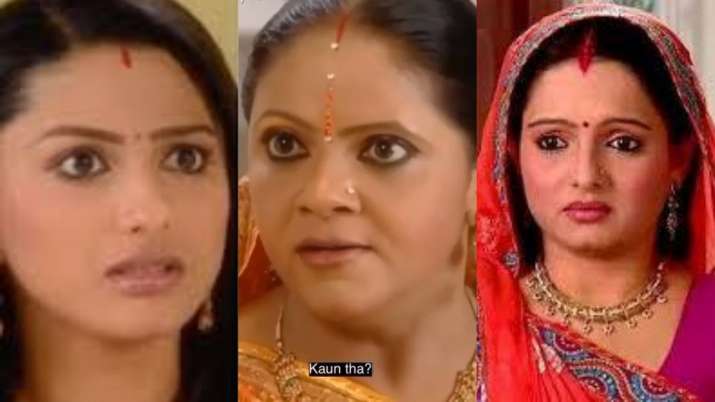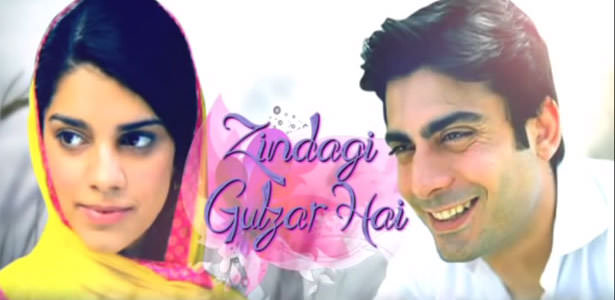Hello Scrollers,
No, I am not talking about my life in the caption as it is less than okayish right now.
I am talking about the famous Pakistani show “Zindagi Gulzar Hai” which I finally finished watching yesterday. I had lauded the show in a previous blog post, but after watching the whole series of 26 episodes, I have mixed feelings about it.
First, some good points. I really liked the format of the show. As compared to soaps of India, the show did not continue for decades. It got over at a good note in 26 episodes. It did not have any overly dramatic scenes with dramatic music of showing the face of all the characters three times and wasting an entire episode on it. You know what I mean.

The recurring actors of the show had good dialogue delivery, good timing, expressions and did not overact. The best actor was Sanam Saeed, playing the protagonist Kashaf Murtaza. Her expressions were lively. There were long scenes which showed her thinking about a predicament in her life, with no dialogues and only expressions. Her subtle expressions perfectly reflected her thoughts and it was a treat to watch her. Fawad Khan as Zarun did the required job, but nothing significant. His acting has certainly improved a lot after the show.

My favorite was Rafiya Murtaza, played by Samina Peerzada. She played Kashaf’s mother in the series and was the most lovable character. Her understanding nature, optimistic attitude and kind treatment of everyone despite the problems in her life was really inspiring. Her sing-song way of saying “Waalekum Assalam” made me giggle every time.

The show started with the right note on the problems faced by women in society. Kashaf’s father had a second wife because his first wife could not give him a son and him wanting to get all his daughters married to “wash off his hands of the responsibility” or “burden” of daughters. It was Kashaf’s mother who resisted him, despite all odds and helped her daughters have a career.
Zarun’s opinion of women, including the freedom of his mother and sister were sexist as he wanted to restrict them. He kept blaming his mother for only caring for her career and not being there for them. He blamed his mother when his shirts had broken buttons and she did not pay attention to their laundry needs. Did anyone blame the father for working hard? No.

He did not appreciate that his fiance Asmara had guy friends. His sister, Sara’s marriage ended because her husband did not like her having guy friends, even though he knew she was like this since years. I thought the show would support the cause or at least show independent women in a good light.
Unfortunately, this did not happen. Sara was diagnosed with depression after her divorce. She started blaming her mother for raising her with “too much freedom” and not taking care of them like a housewife. Her mother at first resisted the blame but in the end accepted that she was not a good mother and a wife as she was too focused on her career. Did anyone ask the dad to do the same? No. I had no problem with anyone not blaming the dad. The sad part was that the women “accepted” that they were “wrong” for being independent and blamed themselves for not being “too free” and not having good values. Towards the last few episodes, Sara marries a “conservative guy” from a “conservative” family as she was ready to “change” herself and “adjust” accordingly. Insane.
Even Zarun’s nature remains the same in the entire series. He marries Kashaf because of her “good values” as she did not have any male friends and did not venture out late till night.

Kashaf and Zarun had two major fights after their marriage. First, Zarun got angry with Kashaf as she did not tell him that his friend Osama had proposed to her before their marriage. He was angry for this for days, and got angrier when she told her problems to their confidant Sir Abrar. He also began checking her phone and letters sometimes. The fight got resolved only when Kashaf told him that she was pregnant. The good thing in this was that Kashaf drew some boundaries and stood by them.
Second, when Kashaf got to know that he still meets his ex-fiance Asmara and lied to her about it. She asked him for an explanation and he said that they are just friends. She asked him why did he lie to her about it, he had no answer. Of course, she leaves the house and goes to stay with her mother for a while. He did not apologize even once and came to her only when she called him and told him that they are having twin girls and she wants to come back. She never asked him how he would have reacted if she was talking to Osama behind his back or to any other guy. All hell would have broken lose. This part disappointed me.

The ending of the show was alright. Kashaf thought that Zarun would be like her father and would not like that they are having two daughters. Her mother also explained to her that she should not think like that and every child is a blessing. Zarun was happy to have two daughters. The final scenes showed the couple playing with the kids and roaming on the beach, with the peppy background score of Zindagi Gulzar Hai.
So overall, the show pushed the cause of not differentiating between girl child and male child and education of women, which was good. However, the show did not appreciate freedom of women, which I did find problematic. Hence, Zindagi Okayish Hai.
Here’s to 945 words of Day 16. Cheers!


